We all spend a significant chunk of our lives at work. Long strenuous work hours can often put immense physical pressure on our bodies, leading to health issues brought on by poor posture and inadequate work mechanisms. When it comes to maintaining efficient work practices, one factor that is often overlooked is the importance of suitable work attire and the remarkable impact it can have, not just on an individual's comfort and productivity, but their overall long-term well-being.
In this light, we unveil the concept of 'ergonomic workwear' designed purposefully to provide comfort and support, and to mitigate the potential for physical strain or injury. As businesses seek to adopt holistic wellness approaches, investing in ergonomic workwear and interventions demonstrates a commitment towards fostering a healthier work environment, illustrating the firm's value for its most valuable asset – its people. So, sit back and get ready to delve deeper into the fascinating world of ergonomic workwear, its importance, latest trends, and undeniable benefits. Trust us; it's a topic that unravels a few surprises!
Understanding Ergonomics and Its importance
Ergonomics is an often-underestimated aspect of workplace design that has a significant impact on both employee health and the overall productivity of a business. Despite being just a part of the work environment, its importance shouldn't be sidelined as it can foster better work quality, improved employee morale, and substantial economic benefits for the employer.
Ergonomic Equipment Impact
The effect of ergonomic equipment cannot be overstressed. Companies have found that ergonomic workstations can reduce ergonomic risk by 59%. These specialized equipments are carefully designed to fit the employees, rather than forcing employees to fit the equipment, leading to less fatigue and discomfort. As such, a workstation that takes ergonomics into account can provide employees with the comfort and support needed to work effectively, reducing the risk of strain or injury.
Strain and Injury Prevention
Strain and injury prevention is another crucial aspect of ergonomics. As per the data, 33% of U.S. worker injury and illness cases result from ergonomic injuries. Many of these are related to work-related musculoskeletal disorders (WMSDs), which represented 29% of all cases reported by the Bureau of Labor Statistics in 2019. Avoiding these injuries isn't just crucial for employees' wellbeing; it also saves considerable expense when it comes to compensation costs and lost productivity. Companies saving as much as $9 billion annually reveals the financial benefits of investing in an ergonomic environment.
Ergonomic Interventions Effect
Furthermore, ergonomic interventions have proven to be remarkably effective. A study by the Chartered Institute of Ergonomics and Human Factors found that such interventions could decrease musculoskeletal problems by an average of 61% and reduce lost workdays by up to 88%. These numbers emphasize the substantial protective potential of ergonomic measures and the difference they can make in a workplace.
Workplace Health and Morale
Ergonomics also plays a significant role in maintaining and enhancing workplace health and morale. A whopping 81% recognize its benefits on overall productivity and morale, and 77% of people believe workplace ergonomics are important. It's clear that everyone involved appreciates ergonomics appropriately instituted - not only are such workplaces safer and more supportive, they also encourage a more engaged and productive workforce.
Operational and Economic benefits
Lastly, the operational and economic benefits of ergonomics should be highlighted. Companies investing in ergonomics experienced 37% lower absenteeism, 18% increased productivity, and 15% better profitability. These results further establish that a commitment to ergonomics is not just a commitment to worker safety and wellbeing - it's also a smart business move.
All in all, ergonomics significantly contributes not only to a healthy and productive working environment but also to the overall success of any business. With persistent efforts to gain understanding and implementing effective ergonomic strategies, it is possible to create workplaces where both employees and employers benefit.
Industry Support for Ergonomic Processes
Simply put, ergonomics is the science that aims at developing the design of the workspace to optimize a user's safety, productivity, and comfort. This concept has enticed industries worldwide as it offers a path to curbing work-related injuries, decreasing fatigue, and improving overall workplace satisfaction.
One field that particularly benefits from ergonomic interventions is material handling. Prevalent in various industries, this sector experiences a high incidence of musculoskeletal disorders due to the physical strain associated with lifting, transporting, and organizing goods.
Recent studies, such as the one from 2012-2017 involving 33 employers and 535 employees, provide enlightening insights about the positive outcomes of adopting ergonomic interventions in the field of material handling.
Material Handling and Ergonomic Interventions
Significant improvements were seen when companies replaced traditional equipment with more ergonomic solutions, organized workspaces to minimize unnecessary movements, and educated their employees about safe handling techniques. Let's delve deeper into those findings:
- Ergonomic Equipment: Tools designed with the human body's natural mechanics in mind help reduce strain and risk of injury. For example, height-adjustable work surfaces or lifting aids can drastically bring down the chance of back injuries.
- Workspace Design: Arranging the workspace to minimize excessive reaching, bending, or twisting helps in reducing the risk of musculoskeletal disorders. An efficiently laid out workspace isn't just good for the health of the employees—it also improves productivity.
- Training and Education: The study noted a significant reduction in injuries when workers were properly trained in safe handling techniques. Empowering employees with knowledge about ergonomics can positively affect their work habits, reducing risk while increasing efficiency.
Several industries have embraced ergonomic principles and witnessed improvements in safety and productivity—strengthening the case for more widespread adoption. While the initial investment in ergonomic equipment and training might seem daunting, the long-term benefits regarding employees' health, welfare and productivity, as well as decreased healthcare costs, highlight that it's a worthy investment.
Considerable strides have been made in ergonomic research and advancements, resulting in industries gaining more robust support to enhance their processes. With the increasing emphasis on workers' safety and well-being, the importance of ergonomics is only poised to grow. As industries navigate this comprehensive approach to improving the work environment, the promise of enhanced productivity and healthier, happier employees looks more attainable than ever.
Innovations in Ergonomic Workwear
Imagine working in your office, at a construction site, or in the heart of a bustling factory. You're focused on the task at hand, pushing your body to its limits. Suddenly, you start to feel a nagging discomfort. It could be in your back, shoulders, or neck - a signal that your body is under strain. Previously, you would have to grin and bear it. But thanks to innovations in the workwear industry, it's a reality you no longer have to grapple with. In this segment, we delve into the realm of ergonomic workwear solutions, exploring two key advancements: stretch fabrics and ergonomic tailoring, and posture-correcting garments.
Stretch Fabrics and Ergonomic Tailoring
The world of workwear is going through a radical transformation, moving from rigid and restrictive garments to flexible and accommodating designs. This evolution is primarily driven by the incorporation of stretch fabrics and ergonomic tailoring.
- Stretch fabrics - These materials are breathable, comfortable, and most importantly, flexible, offering a full range of motion without the usual constraints. Whether you're bending, climbing, or reaching, stretch fabrics accommodate your movements, reducing the risk of strain or discomfort.
- Ergonomic tailoring - But it's not just about the material; the cut of the garment also plays a crucial role. Ergonomic tailoring ensures that the workwear fits the worker's body just right, enhancing comfort and efficiency.
Whether you're looking at the Latest Trends in Construction Work Gear or noting the wave of change in office apparel, it's clear that the functional workwear apparel market is on an upward trajectory. Predicted to grow from $5.6 billion in 2022 to $9.1 billion by 2032, it's safe to say that the future of workwear is stretching beyond conventional limits.
Posture-Correcting Garments
When we mention workwear, we're not just talking about the external garments you see. Underneath that visible layer lies another category of workwear: posture-correcting garments. These are pieces like the AlignMed posture shirt, designed to relieve back, neck, and shoulder pain while simultaneously fostering better posture and core activation.
These garments work by gently correcting your stance over time, promoting proper posture and alleviating the strain associated with long hours of work. They're not magic pills; they won't transform your posture overnight. That's not the point. The value lies in their consistent, incremental benefits – guiding the user towards healthier, pain-free workdays.
Harnessing the power of ergonomic design in workwear is all about protecting and enhancing the worker's body. As these innovations continue to revolutionize the industry, we see an exciting future ahead - one where discomfort and strain can be significantly reduced, if not eradicated. With every stitch, and every stretch, a better day's work awaits.
Advantages of Ergonomic Workwear and Interventions
The importance of a comfortable and safe workplace is no secret. One area where this mantra truly shines is in the realm of ergonomic workwear and interventions. These investments in the health of employees and the productivity of businesses have proven to yield significant rewards. From fostering a healthier working environment to enhancing employee satisfaction and productivity, the benefits are clear. Moreover, the data don't lie - businesses well-versed in ergonomics report sizable reductions in workers' compensation costs, lost workdays, and overall employee injuries. Now, let's delve a little deeper into these distinct advantages.
Healthier Work Environment
With the rise of workplace-related injuries, ergonomic workwear and interventions are not just a luxury but a necessity. Ergonomics, as the study of people's efficiency in their working environment, aims to create a workspace that cherishes the well-being of employees. By incorporating ergonomic principles, businesses can drastically reduce the risk of work-related injuries like carpal tunnel syndrome, neck strain, and back injuries.
Despite the initial investment, ergonomic workwear, including support chairs, sit-stand desks, or good lighting, has proven to minimize physical stress, reduce fatigue, and prevent long-term damage. Our working environment plays a dynamic role in our health - physically and mentally. With ergonomic interventions, employees can experience truly health-centric atmospheres, leading to fewer sick days and significantly reduced workers' compensation costs.
Employee Satisfaction and Productivity
Now, let's talk about satisfaction and productivity. Employee contentment is a crucial factor driving the operations of a business. An employee who is physically comfortable at work is more likely to stay focused, be efficient, and deliver higher-quality work. In essence, happy employees are efficient employees!
From a practical perspective, ergonomic intervention ensures employees are comfortable while undertaking tasks. This leads to less physical discomfort, fewer mistakes, increased focus, and higher job satisfaction levels—furthermore, productivity skyrockets as concentration enhances, boosting overall business output.
Indeed, ergonomic workwear and interventions are not merely about reducing workplace injuries but ultimately aim to create a healthier and more productive working environment. Through these practices, businesses can reap ample rewards, including healthier employees, happier workplaces, and improved bottom lines. The cherry on top? A more robust reputation for prioritizing employee welfare, a valuable asset in today's competitive business landscape.
Conclusion
Remember, the best way to prevent workplace injuries and ensure optimal productivity is through the integration of ergonomic processes and appropriate work gear. By prioritizing ergonomics, you're not just protecting your employees, but also driving the success of your business. Top-notch companies like Rain Gear Pro produce a range of ergonomically designed gear that takes into account the unique demands of various work environments.
In fact, Rain Gear Pro's chainsaw safety pants showcase how ergonomics and industry-specific requirements can be perfectly combined. Their pants focus on the commonly overlooked issue of "crotch blowout", providing superior protection and comfort with Kevlar inserts. This is just one example of how workwear and safety gear, when carefully designed, can promote positive posture, enhance worker safety, and improve overall productivity.
Ultimately, the right ergonomic workwear is a worthy investment in your workforce, making for healthier and happier employees, and a more prosperous future for your business.
Frequently Asked Questions
-
Why is good posture important for health?
Good posture is important for health as it helps maintain the natural alignment of the spine, reduces strain on muscles and ligaments, prevents back and neck pain, improves breathing and digestion, and promotes overall musculoskeletal wellbeing.
-
What kind of workwear should I choose to support good posture?
To support good posture, choose workwear that has ergonomic design features, such as adjustable straps, proper back support, and fabric that allows ease of movement. Look for garments specifically designed to promote good posture and provide support to the back, shoulders, and neck.
-
Are there specific workwear brands that focus on posture and health?
Yes, there are several workwear brands that focus on posture and health. Some popular options include brands like AlignMed, IntelliSkin, and BackJoy, which offer clothing and accessories designed to support good posture and enhance overall health.
-
How can workwear affect my posture?
Ill-fitting or unsupportive workwear can negatively impact your posture. Tight or restrictive clothing can limit movement, cause muscle imbalances, and increase the risk of poor posture. On the other hand, properly designed workwear can provide the necessary support and alignment for good posture.
-
Can wearing supportive workwear alone improve my posture?
While wearing supportive workwear can play a significant role in improving posture, it's important to complement it with other practices. Regular exercise, maintaining a healthy weight, practicing good sitting and standing habits, and performing posture-strengthening exercises can all contribute to better posture and overall health.



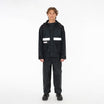
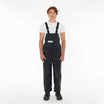
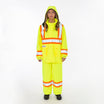
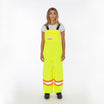
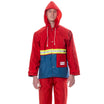
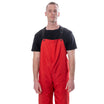
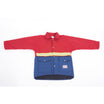
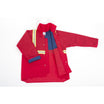
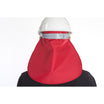
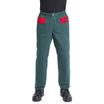
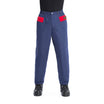
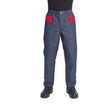
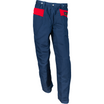
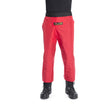
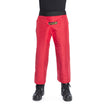
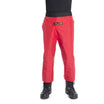
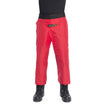
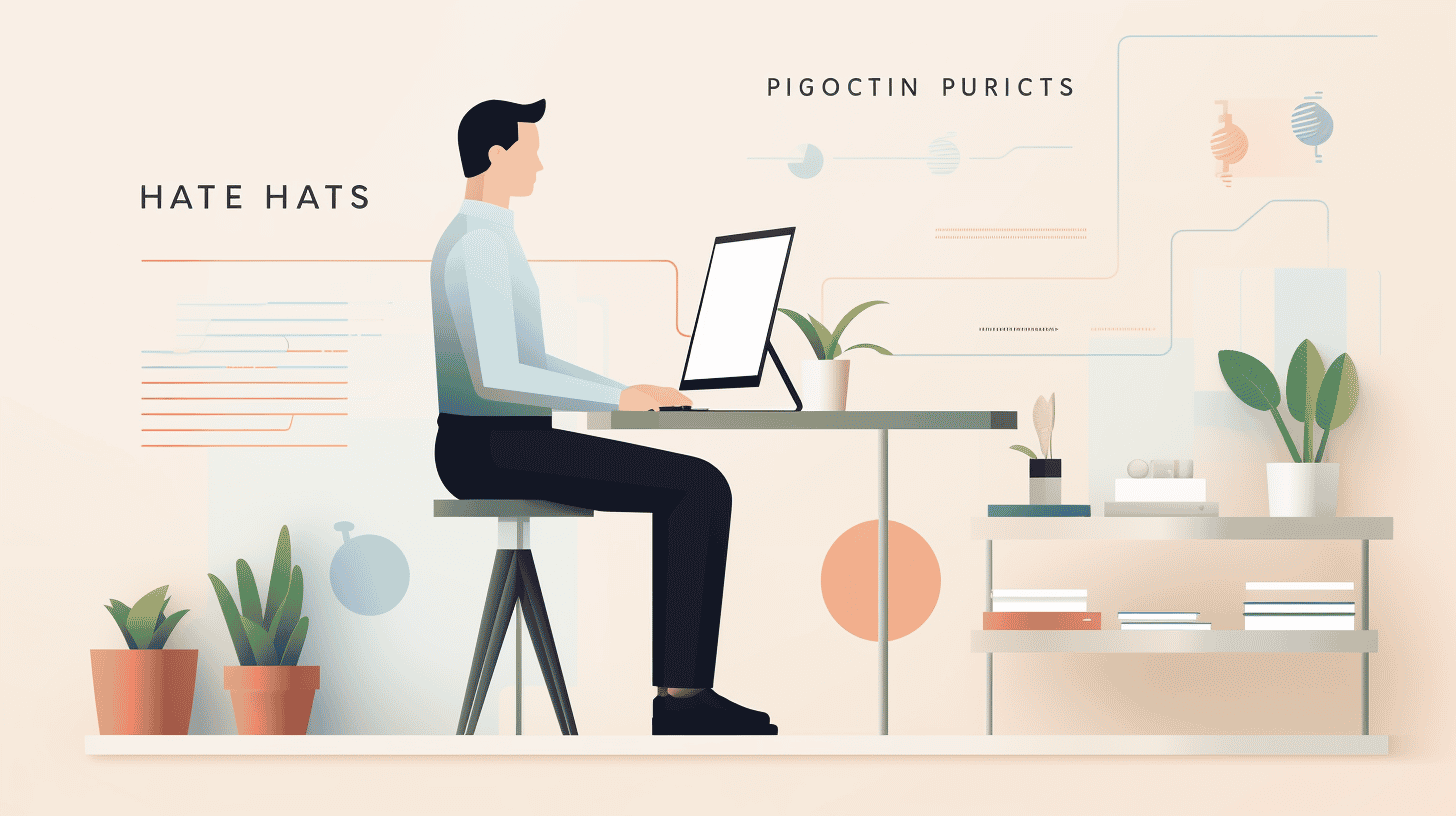
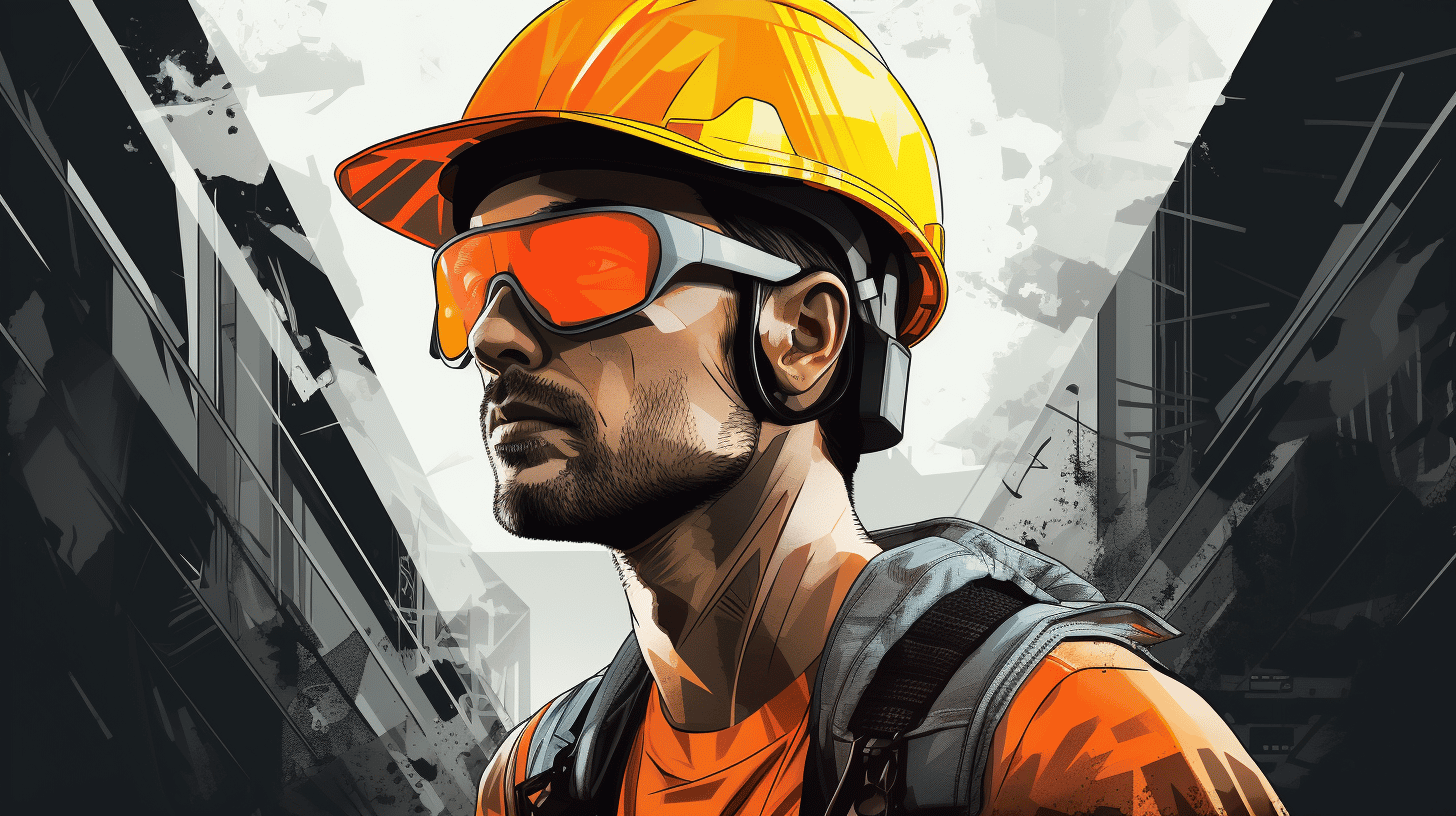
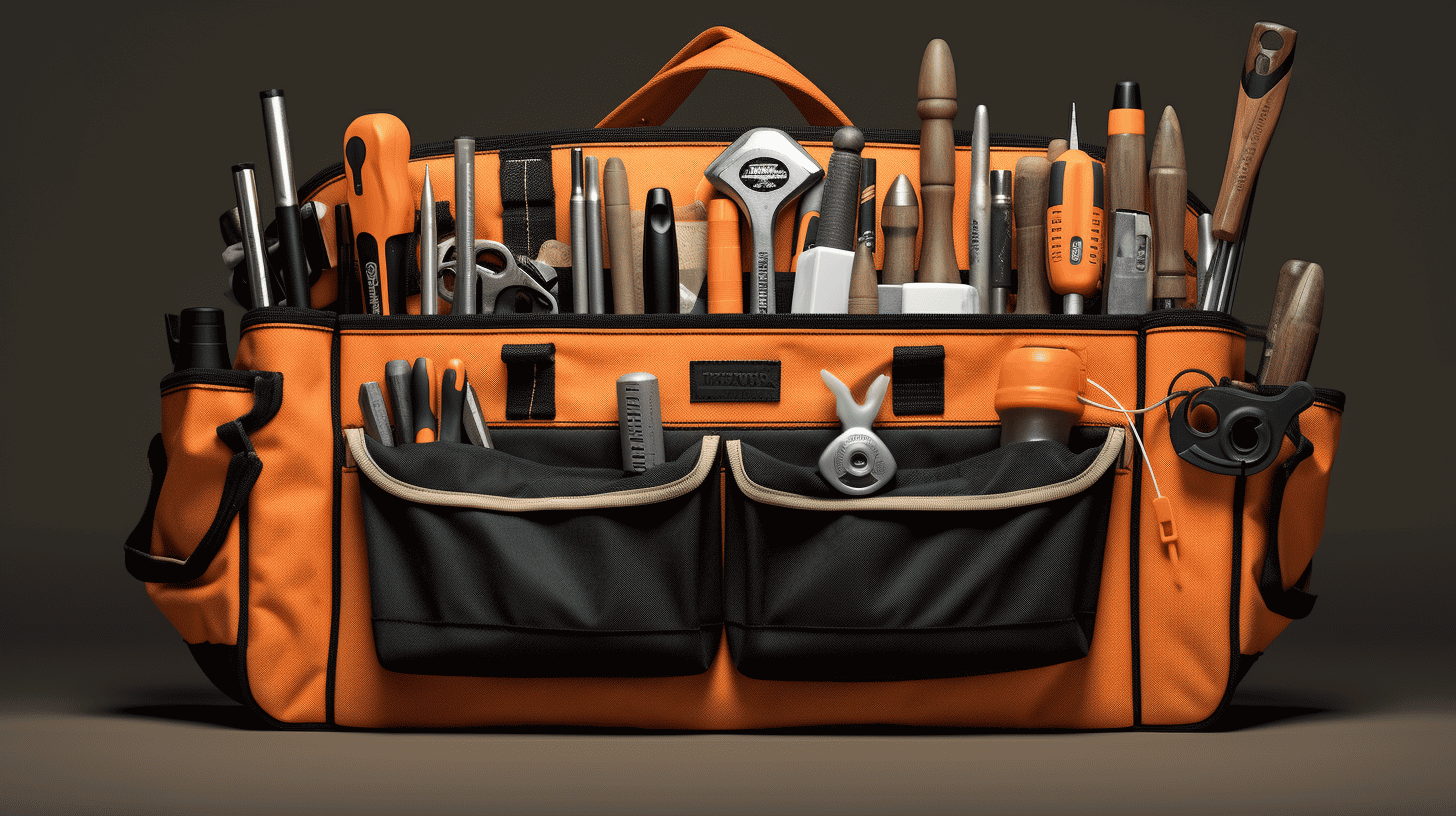
Leave a comment
This site is protected by hCaptcha and the hCaptcha Privacy Policy and Terms of Service apply.